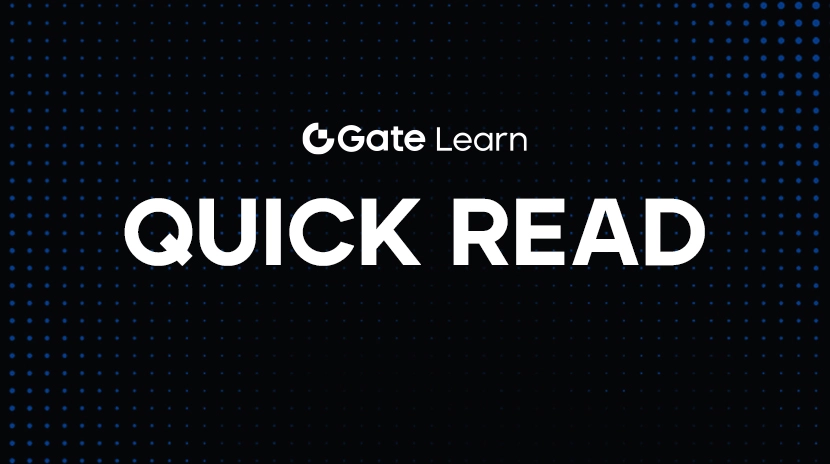What Is SKATE? The Cross-Chain Infrastructure Engine for the New Web3 Era
What is SKATE?

Figure:https://www.skatechain.org/
SKATE is an infrastructure layer protocol that allows users to initiate transactions on their familiar chains (such as EVM, Solana, TON) and seamlessly access applications on other chains without the need for bridging, switching networks, or installing additional wallets. SKATE builds a new paradigm of Web3 that is “user-native environment + multi-chain transparent collaboration.”
What are the advantages of SKATE?
Currently, if Web3 users want to access cross-chain applications, they usually need to:
- Switch Network
- Transfer assets using the cross-chain bridge.
- Use multiple wallets to sign
These operations are complex, high-risk, and extremely unfriendly to beginners.
The goal of SKATE is to allow users to “only operate on the chains they are familiar with,” with all cross-chain operations being automatically completed by the protocol. For example, Solana users can directly place bets on Polymarket on Polygon without needing to hold Polygon assets or switch wallets, making the operation as smooth as a native experience.
The three core modules of the SKATE architecture
- Skate Hub Chain: It is the central hub of the protocol, responsible for unifying application logic and state management, ensuring that all chains are updated synchronously.
- Skate AVS (Active Validator Set): Deployed on Eigenlayer, it provides a validation mechanism to ensure the correctness and security of each task. In case of malicious behavior, the staked amount will be forfeited.
- Executor Network: The executor of actual operations, completing function calls on the target chain according to the task instructions of AVS. Each application has its own dedicated Executor.
This architecture ensures the security of operations, the efficiency of cross-chain, and the scalability of the protocol.
Skatepark and Ollies: Revealing the Incentive Mechanism
To promote ecological development, SKATE has launched the interactive platform Skatepark, where users can earn the token Ollies.
- Ollies Total Supply: 5,000,000,000
- Acquisition method:
- interact with cross-chain DApp
- Participate in community activities
- Recommend new users
- Participate in DeFi activities (SkateFi)
The platform is currently online:
- Skate Shuffle: Solana users can easily access EVM applications.
- Skate Polymarket: Directly participate in the prediction market on Polygon without the need for bridging.
These operations are not only convenient but also provide an opportunity to earn Ollies tokens.
Why is SKATE a key piece of the future of Web3?
SKATE is not another bridge, but a “cross-chain coordination layer.” It eliminates the barriers between VMs, allowing developers to build applications that operate on “one logic, serving all chains,” enabling users to enjoy a seamless experience of “on-chain operations and cross-chain results.”
In today’s world where multi-chain has become the norm, SKATE is the core adhesive that connects them.
SKATE has been launched on Gate contract trading.

Image:https://www.gate.com/futures/USDT/SKATE_USDT
Contract trading carries higher risks, please trade cautiously and be aware of the risks.
Related Articles

Pi Coin Transaction Guide: How to Transfer to Gate.io

What is N2: An AI-Driven Layer 2 Solution

How to Sell Pi Coin: A Beginner's Guide

Grok AI, GrokCoin & Grok: the Hype and Reality

Flare Crypto Explained: What Is Flare Network and Why It Matters in 2025
